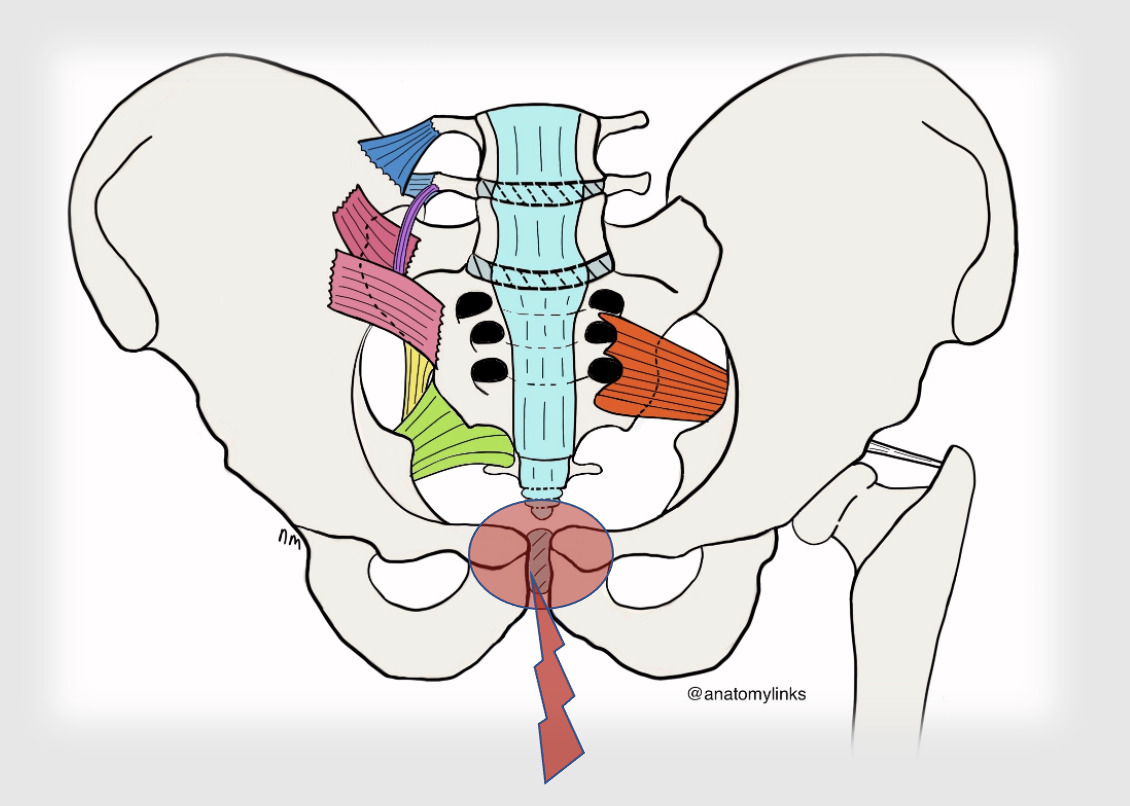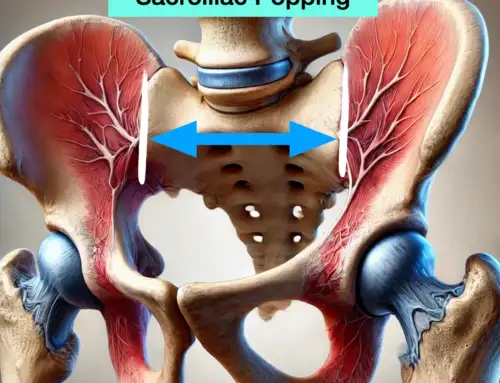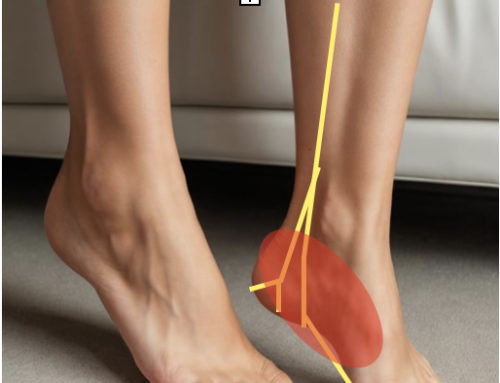Pubic Symphysis: Pubic Symphysis Pain and Instability in Pelvic Girdle During Pregnancy.
Symphysis Pubis Dysfunction (SPD) describes pelvic girdle pain (PGP) in the front of the pelvis where each pelvic bone connects into a joint called the pubic symphysis. Pregnant women’s pelvic girdle joints become more flexible due to hormone changes to allow the pelvic bones to widen during birth. Pubic symphysis widening is normal during pregnancy, but pubic symphysis pain and instability in the pelvic girdle can cause some women to have mild to severe pain in the pubic symphysis, perineum, and down the front of the thighs.
Gentle adductor stretch for pubic symphysis pain

Pain During Pregnancy
Pubic symphysis pain or symphysis pubis dysfunction (STD) often feels like an ache or pinching sensation in the groin, inner thigh, and directly over the pubic symphysis, which midline of the pelvic bones. Pubic symphysis pain can occur when moving the legs apart, rolling over in bed, and walking up or downstairs. In severe instances when the space between the pubic bones increases to over 10mm, this is known as diastasis symphysis pubis (DSP) and causes instability in the pelvic girdle (rare). It’s important to know that symphysis pubis dysfunction and pubic pain will not hurt your baby but can cause a painful delivery and make postpartum recovery more complex.
Treatment for SPD and Pelvic Girdle Pain
Modifications of daily routines can help reduce pubic symphysis pain, such as reduced heavy lifting and twisting activities such as carrying a child on one hip. Spreading of the legs, such as getting out of the car, will cause pubic symphysis pain or SPD, and it’s helpful to stand from a vehicle with two legs at once rather than the single spread leg.
Alleviate Pain by:
- Pelvic Floor Exercises- To help strengthen the muscles around the pubic symphysis.
Breath deep into pelvic floor while performing the child’s pose stretch.
- Pelvic Support Belt- can help stabilize int instability in the pelvic girdle.
- Manual Therapy- Reducing tension of the adductor muscles will decrease the “pulling apart” action on the pubic symphysis.
- Pelvic Ligament Release- Ligaments of the sacroiliac joint: The sacrotuberous ligament, sacrospinous ligament, interosseous ligament, and iliolumbar ligament. If these ligaments are dysfunctional, additional strain on the pubic symphysis will occur. Sacrotuberous shown below.
Our editorial practices include evidence-based practices, interventions, and recommendations
GET IN TOUCH WITH DR. DEAN
YOU should be able to move the way you’d like to move without experiencing pain. YOU should be able to experience freedom and energy knowing there’s nothing holding back from giving your life 110%. Dr. Dean would like to learn more about your challenges with a quick phone or email before beginning treatment. Contact him today.





